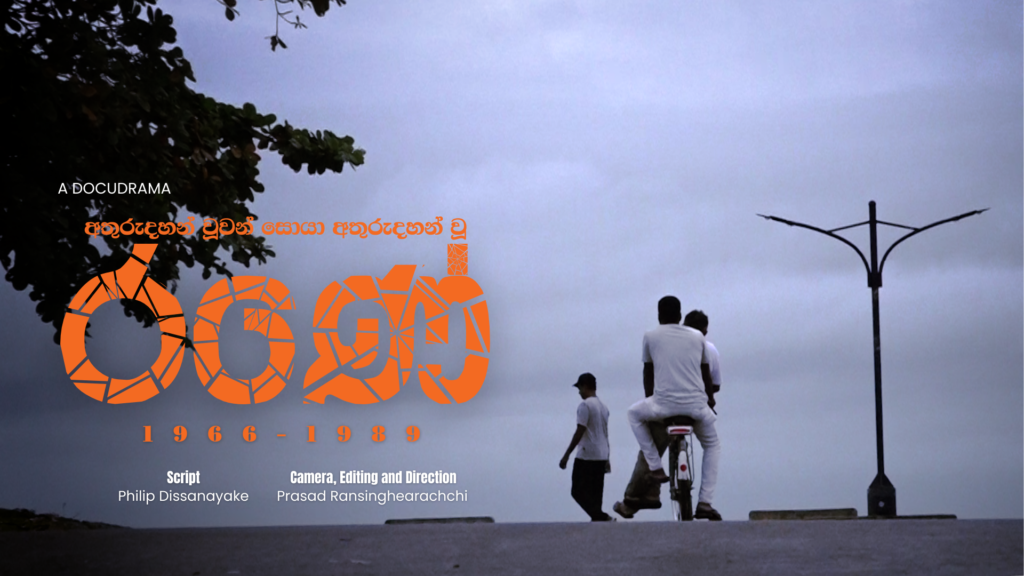
Chandradasa Ranasinghe, a young law student and activist from Weerapane, Opatha, Matara, remains one of the many who disappeared during the turbulent period of 1989 in Sri Lanka. At the time of his disappearance, he was just 23 years old and in his first year of studies at the Open University.
Ranasinghe was not only a student but also a committed political activist. In 1988, he contested the first Provincial Council election from the Matara District for the Southern Provincial Council under the banner of the United Socialist Party (USP). His political engagement reflected his deep commitment to social justice and democratic values.
The year 1989 was among the darkest chapters in Sri Lanka’s recent history. Following the assassination of Rohana Wijeweera, leader of the Janatha Vimukthi Peramuna (JVP), on November 13, 1989, government forces, including the police and military, intensified their campaign to suppress the rebellion in the South. This campaign was marked by widespread human rights abuses, including extrajudicial killings and enforced disappearances. The legal safeguards and international conventions Sri Lanka had signed at the time were ignored in practice.
Although Sri Lanka had ratified 18 out of 27 key international conventions including the Universal Declaration of Human Rights, the International Covenant on Civil and Political Rights, and the International Covenant on Economic, Social and Cultural Rights very little of what was happening on the ground reached the international community. The lack of modern communication technologies and state restrictions on information flow prevented global awareness of the atrocities.
The New Sama Samaja Party (NSSP), of which Ranasinghe was a member, strongly opposed the violent methods used by the state. They condemned extrajudicial killings and disappearances and played a leading role in establishing the Parents and Children of the Disappeared Organization in late 1989. The NSSP also undertook the task of documenting cases of disappearances and forwarding reports to international bodies such as the Red Cross, Amnesty International, and International Alert.
In Matara, local party members and district councils actively collected testimonies from families of the disappeared, often traveling from house to house. These details were then sent to the NSSP office for international outreach.
It was in this context that Chandradasa Ranasinghe took on a critical role. On December 22, 1989, he went to the Matara Post Office to mail completed forms and leaflets documenting cases of disappearances. He was dropped off near the post office by a companion, who went on to the Matara bus stand with a few remaining incomplete forms. That morning marked the last time anyone saw Chandradasa Ranasinghe. From then until today, his fate remains unknown.
His disappearance reflects both the climate of fear that prevailed during the late 1980s and the risks faced by those who dared to document the truth. Ranasinghe’s courage and sacrifice stand as a reminder of the many untold stories of young lives lost in Sri Lanka’s struggle for democracy and human rights.
To preserve his memory, we have produced and edited a video documentary titled Rane 1966–1989, which chronicles his life and the circumstances of his disappearance. The video can be accessed through the link below.
